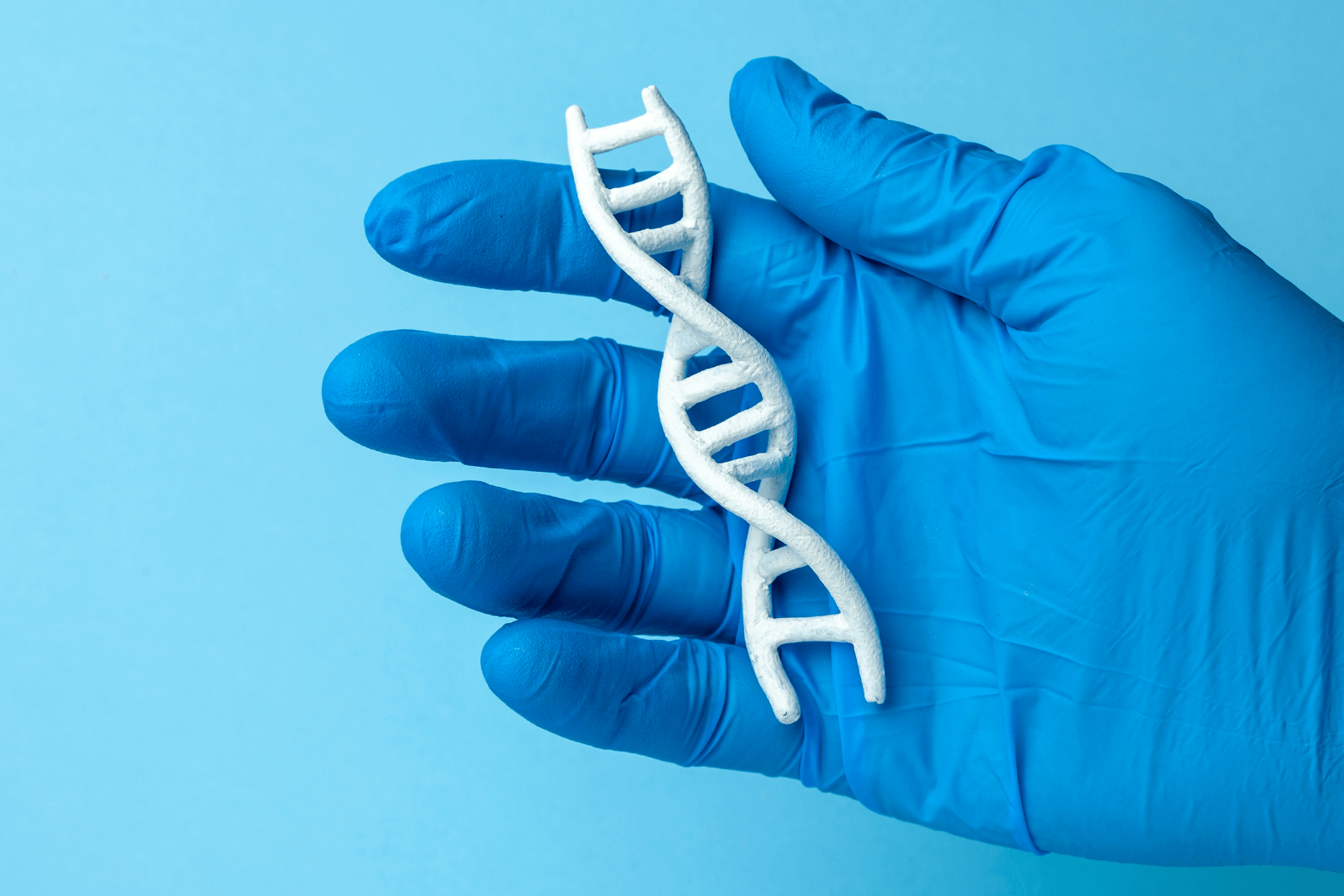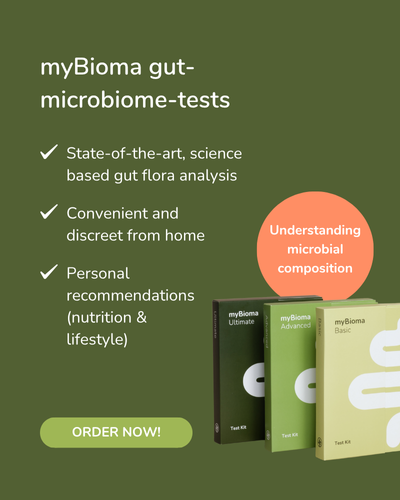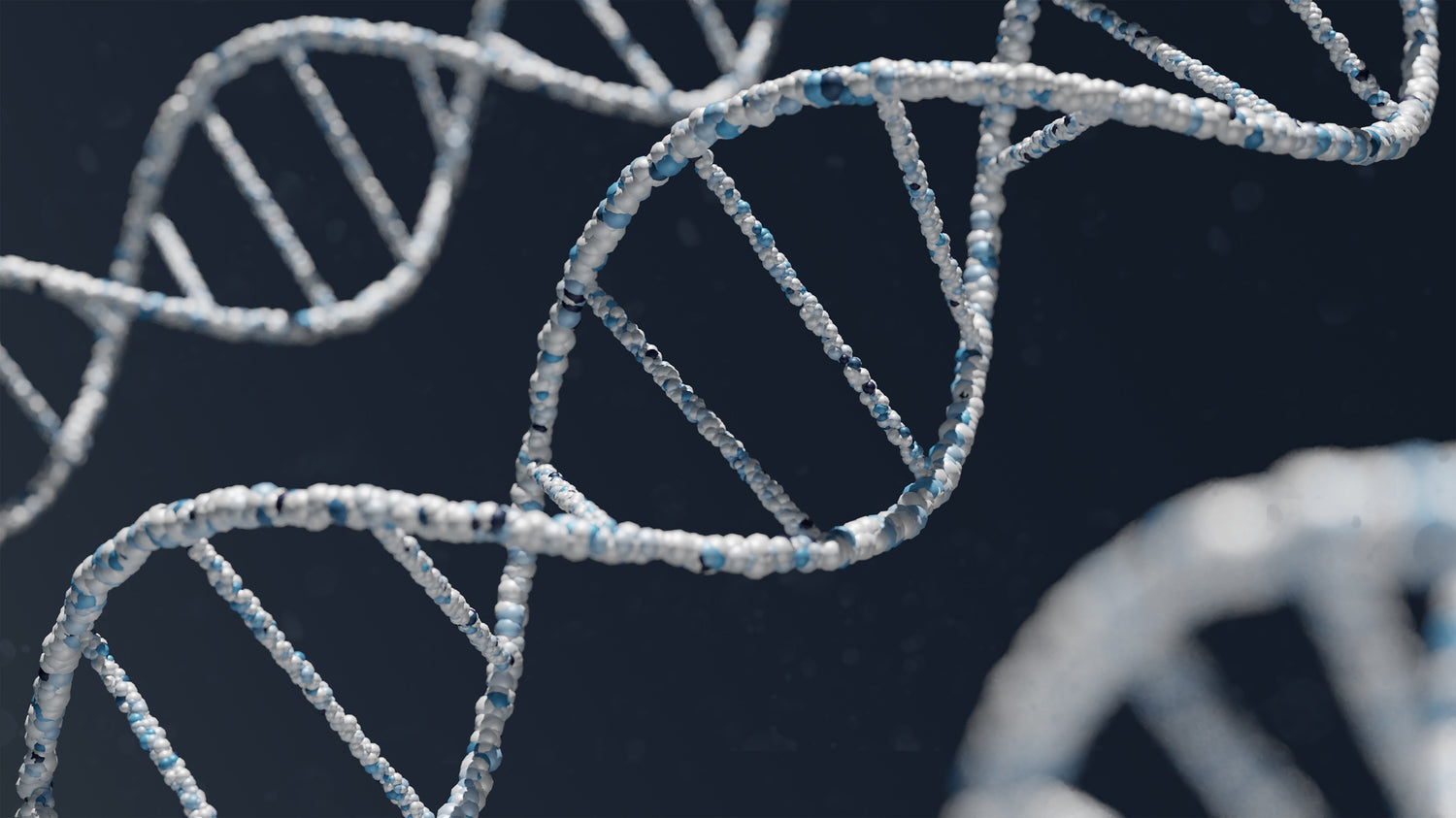Research into how the composition of the intestinal microbiome affects human health continues to advance. Now there were between 1,000 and 2,000 year old human feces found in dry caves in northern Mexico and Utah were analyzed. The data represents an important resource bacterial evolution to study and research the biological spread of chronic diseases throughout history. The study, published in the journal Nature, is the first to reveal new types of microbes.
Ancient microbiome – the answer to current questions?
The microbiome is the collection of the trillions of microorganisms that live in and on our bodies. It consists primarily of bacteria, but also contains fungi, viruses and primordial bacteria. The intestinal microbiome can be passed on over many generations - but can be changed by external influences, such as antibiotic treatments or changes in diet (1, 2).
This flexibility of the microbiome is, on the one hand, advantageous as it offers a potential avenue for the treatment of diseases linked to the microbiome. But it also represents a weak point: Due to industrial life, which is predominantly characterized by a low-fiber and unbalanced diet, the intestinal microbiome changes for the worse (3, 4). The diversity of bacteria in industrial populations is decreasing, which is closely linked to chronic diseases such as obesity and autoimmune diseases (5).

The diversity of bacteria in industrial populations is decreasing.
How has the gut microbiome changed over time?
The analysis of the fossil feces, which was possible through the use of DNA sequencing, provides valuable insights into the bacterial composition from a time before industrialization. The research team reconstructed the feces, which are between 1,000 and 2,000 years old, and compared them with today's samples from industrialized and non-industrialized populations. Is the human microbiome at risk of extinction? Previous research has shown that what was healthy for us hundreds of years ago is still healthy for us today. Indigenous peoples who live away from any civilization continue to eat a variety of plants and fibers. Due to this variety of food, their intestinal flora also has a much higher diversity. Many studies have already proven that a diverse microbiome is beneficial and can prevent diseases. However, low diversity was associated with various diseases, such as obesity or diarrhea. (6)
An interesting example of The Hadza are a microbiome with high diversity – an indigenous people from Tanzania. They are among the last hunter-gatherer societies on earth mostly seasonal foods consumed. Not only the diet, but also the intestinal bacteria change cyclically and adapt. The Hadza's intestinal flora is extremely diverse. Civilization diseases do not occur or only rarely occur among this people. The key to this composition apparently lies in nutrition. It turned out that the intestines in industrialized countries are populated very differently - less diverse . Since we are not dependent on the seasonal food supply, the microbial ecosystem in the intestine remains the same throughout the year. There is evidence that a gut community with fewer species presents a higher risk of such diseases. (7)
The myBioma microbiome analysis allows you to find out what your microbial composition is like and which bacteria live in your intestines. You get an overall picture of your intestinal universe and significant insights into how your health is doing. Depending on your results, you will receive dietary recommendations, for example to optimize your diversity and species richness.
Reconstruction of the fossil human intestinal microbiome
To analyze the fossil kit, tiny pieces were rehydrated in order to obtain better traces of bacteria. A total of 498 microbial genomes were reconstructed, of which 181 actually came from the intestine . 158 of the genomes were able to be assigned to a specific type of intestinal bacteria, which the researchers compared with 789 intestinal microbiomes of today's humans. The result: Although the fossil microbiome was more similar to that of non-industrialized populations, it also contained 61 genomes that were completely unknown to science until then. 39 percent of the fossil gut microbiome was not found at all in today's stool samples.
Lower diversity – higher risk of disease?
Could the loss of diversity of the intestinal microbiome be a reason why diseases of civilization such as chronic inflammatory bowel disease or allergies are becoming more and more common? Quite possible. There is a lot of evidence that a lower gut microbiome composition poses a higher risk of such diseases . And as more and more people around the world move to cities and modern lifestyles, this trend could only increase in the future. Future studies are needed to gain a better understanding of the human microbiome, which could help discover new treatments for diseases. The studies could also help develop approaches to restore the current gut microbiome to its original, species-appropriate state. We are excited!
References
- Reconstruction of ancient microbial genomes from the human gut: https://www.nature.com/articles/s41586-021-03532-0
- Tett A, Huang KD, Asnicar F, Fehlner-Peach H, Pasolli E, Karcher N, Armanini F, Manghi P, Bonham K, Zolfo M, De Filippis F, Magnabosco C, Bonneau R, Lusingu J, Amuasi J, Reinhard K, Rattei T, Boulund F, Engstrand L, Zink A, Collado MC, Littman DR, Eibach D, Ercolini D, Rota-Stabelli O, Huttenhower C, Maixner F, Segata N. The Prevotella copri Complex Comprises Four Distinct Clades Underrepresented in Westernized Populations. Cell Host Microbe. 2019 Nov 13;26(5):666-679.e7. doi: 10.1016/j.chom.2019.08.018. Epub 2019 Oct 10. PMID: 31607556; PMCID: PMC6854460.
- Sonnenburg ED, Sonnenburg JL. The ancestral and industrialized gut microbiota and implications for human health. Nat Rev Microbiol. 2019 Jun;17(6):383-390. doi: 10.1038/s41579-019-0191-8. PMID: 31089293.
- Kang DD, Li F, Kirton E, Thomas A, Egan R, An H, Wang Z. MetaBAT 2: an adaptive binning algorithm for robust and efficient genome reconstruction from metagenome assemblies. PeerJ. 2019 Jul 26;7:e7359. doi: 10.7717/peerj.7359. PMID: 31388474; PMCID: PMC6662567.
- Parks DH, Rinke C, Chuvochina M, Chaumeil PA, Woodcroft BJ, Evans PN, Hugenholtz P, Tyson GW. Recovery of nearly 8,000 metagenome-assembled genomes substantially expands the tree of life. Nat Microbiol. 2017 Nov;2(11):1533-1542. doi: 10.1038/s41564-017-0012-7. Epub 2017 Sep 11. Erratum in: Nat Microbiol. 2017 Dec 12;: PMID: 28894102.
- Blaser MJ. The theory of disappearing microbiota and the epidemics of chronic diseases. Nat Rev Immunol. 2017 Jul 27;17(8):461-463. doi: 10.1038/nri.2017.77. PMID: 28749457.
- Bäckhed F, Fraser CM, Ringel Y,et al. Defining a healthy human gut microbiome: current concepts, future directions, and clinical applications. Cell Host Microbe. 2012;12(5):611-22.
- Smits SA, Leach J, Sonnenburg ED, Gonzalez CG, Lichtman JS, Reid G, Knight R, Manjurano A, Changalucha J, Elias JE, Dominguez-Bello MG, Sonnenburg JL. Seasonal cycling in the gut microbiome of the Hadza hunter-gatherers of Tanzania. Science. 2017 Aug 25;357(6353):802-806. doi: 10.1126/science.aan4834. PMID: 28839072; PMCID: PMC5891123.






